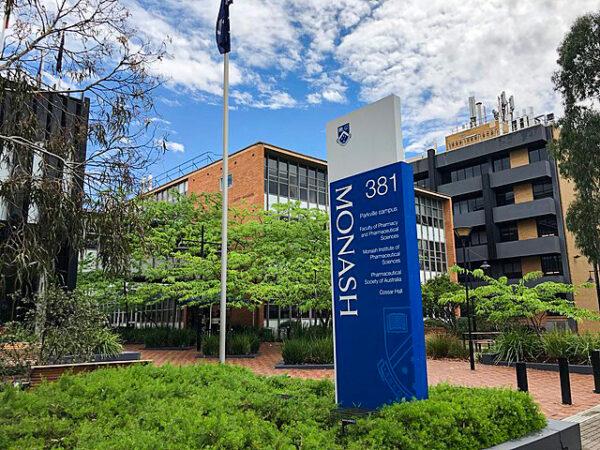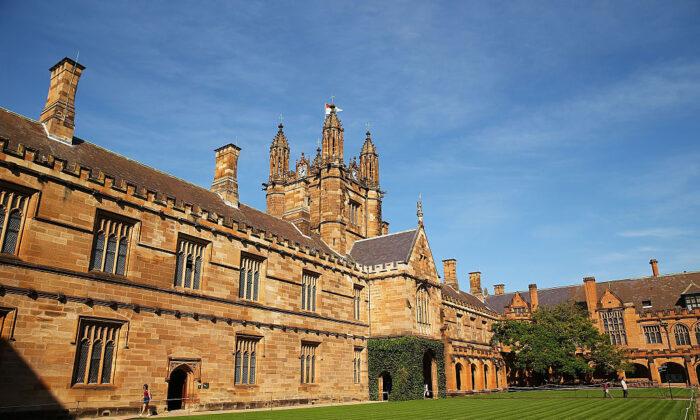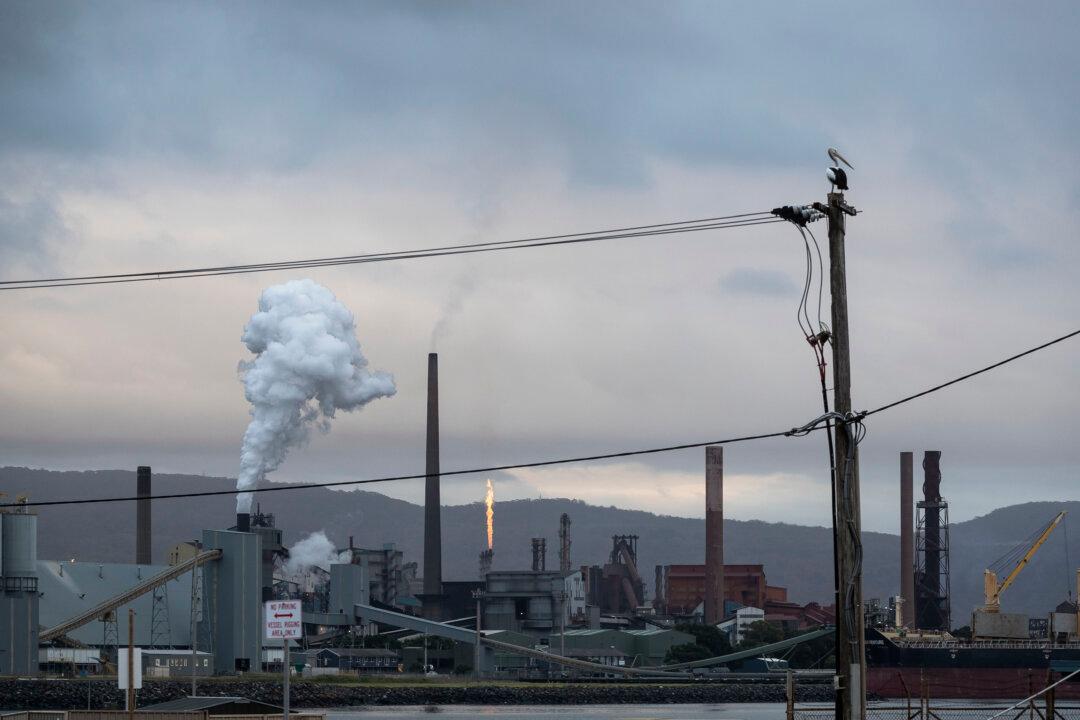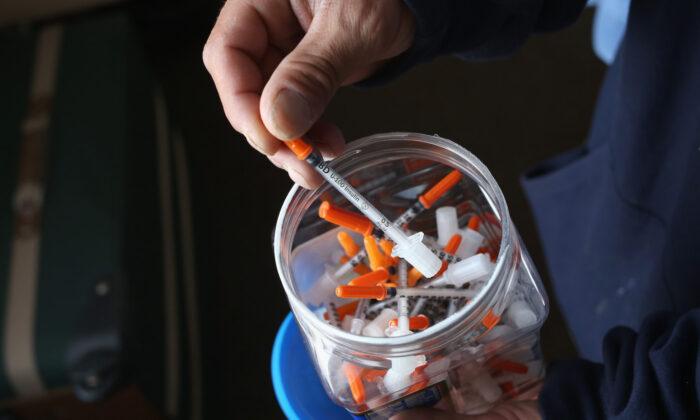A new report has called for the federal government to increase funding for higher education to help universities recover from the COVID-19 pandemic and allow domestic students to receive free undergraduate education.
The report mentioned that Australian universities suffered a massive drop in revenue after the country closed its borders due to the pandemic, preventing international students from coming to Australia.
Additionally, it said universities were not eligible to receive the JobKeeper wage subsidy, unlike other businesses.
As a result, total university revenue decreased by $1.9 billion (US$1.39 billion) in 2020, causing 40,000 tertiary employees across Australia to lose their employment in 12 months, with three-quarters of the job losses occurring at public universities.
The report also found that the country’s public university sector required urgent changes and suggested the next federal government make more investments to fix the problems caused by increased corporatisation of universities, funding cuts and the pandemic.
“As devastating as the pandemic has been for Australia’s universities, the sector was being distorted and damaged by corporatisation, casualisation, and privatisation long before COVID arrived,” Australia Institute economist and report author Eliza Littleton said.
“Australia needs an ambitious national vision for higher education that re-aligns the sector with its public service mission and with the needs of students, staff and wider society.”
Littleton also said that investing in higher education would produce a more robust economy and improve social mobility and democracy.

Meanwhile, the report stated that direct public funding of higher education in relation to the size of the economy had gone down since the mid-1980s and currently stood at 0.65 percent of Australia’s GDP, which was below the OECD average of 0.94 percent of GDP.
“Under a business-as-usual scenario, higher education will continue to become even more dominated by corporate priorities and cost-cutting,” Littleton said.
“If governments make different choices, a better, more democratic future for this vital public service is possible.”
However, Glenn Fahey, the director of the Education program at the Sydney-based Centre for Independent Studies, said that using GDP as a barometer for how much funding for education was spent was a flawed measure and what should be used instead was per-student funding.
“And when we do that, you see that Australian funding at all levels of education, and including higher education, Australian students are funded per student significantly more than other countries around the world,” he said in comments obtained by The Epoch Times.
Furthermore, he said that the amount of funding was not a good predictor of how good the quality of education was.
This was because when looking at Australian higher education funding, it could be seen that funding had gone up, but students’ satisfaction with their course and graduate outcomes of students had gone down, Fahey explained.
“Simply increasing funding is unlikely to improve outcomes for Australian students and universities,” he said.
Meanwhile, the report also provided a number of recommendations to reinvigorate Australia’s higher education sector, including free undergraduate education for domestic students, sufficient public funding for universities, fully-funded research, secure employment measures, caps on vice-chancellor salaries, and transparency in data collection.
It is estimated that Australian taxpayers would have to bear an additional $6.9 billion if the government implemented the above recommendations. This figure amounts to less than one percent of the country’s GDP.
Regarding the issue of providing free undergraduate education to make it more accessible to Australians, Fahey said that very few domestic students were prohibited from entering university and that free undergraduate qualifications were unlikely to make a difference in improving the outcomes of students.
“Today, there’s little evidence that there’s an accessibility problem to higher education. Our problem is that students are not being prepared well enough for university,” he said.
“And what we see from productivity commission research is that further improving access to higher education includes some students who would otherwise not qualify for an undergraduate degree.
“They’re much more likely to drop out. They take a lot longer to complete their degree, and they’re left with years of missed opportunities from the workforce.”






Friends Read Free